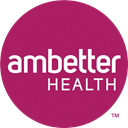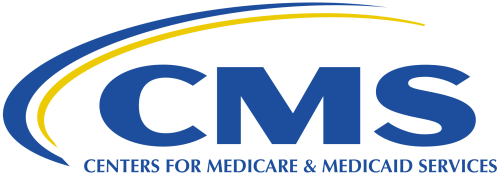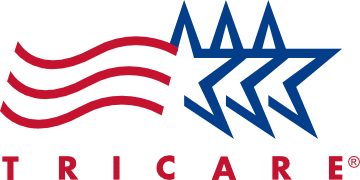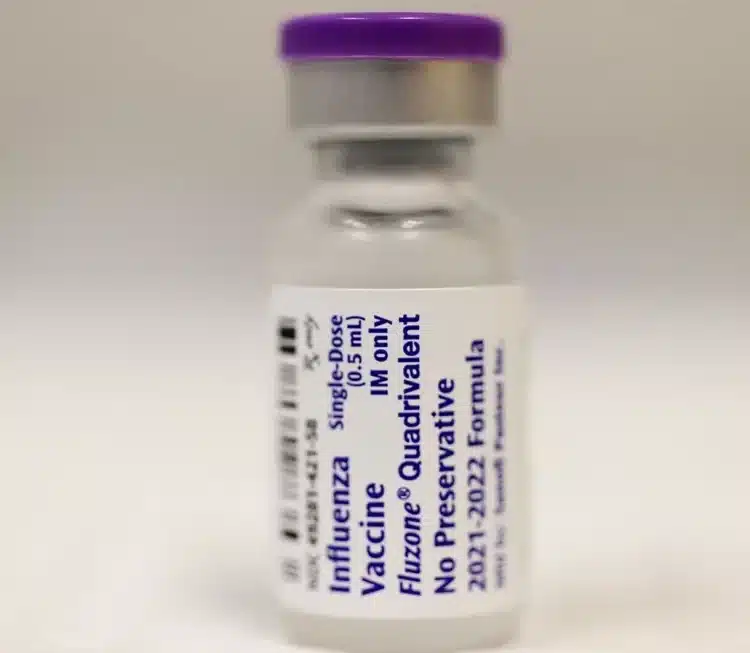Insurance
Commercial Plans









Government Plans



Nationwide contracts:
- Avalon Health
- Humana
- Medicare
- Multiplan
- Railroad Medicare
- Tricare East Region
- Tricare for Life
- Tricare Prime
- Tricare West Region
- United Healthcare
Alabama:
- BCBS of Alabama
- Blue Advantage of Alabama
- Medicaid of Alabama
- Namci
Colorado:
- Medicaid of Colorado
Florida:
- Medicaid of Florida
Georgia:
- Absolute Total Care
- Ambetter Health Plan of Georgia
- Amerigroup of Georgia
- BCBS of Georgia
- Clover Health Medicare Advantage
- CareSource of Georgia
- Peach State Health Plan
- Medicaid of Georgia
- WellCare of Georgia
Illinois:
- Aetna of Illinois
- Medicaid of Illinois
- Medicare of Illinois
- WellCare of Illinois
Indiana:
- Absolute Total Care
- Medicare of Indiana
- Medicaid of Indiana
Kentucky:
- CareSource of Kentucky
- Medicaid of Kentucky
- Passport of Kentucky
- WellCare of Kentucky
Louisiana:
- Aetna of Louisiana
- Healthy Blue of Louisiana
- Medicaid of Louisiana
Michigan:
- Medicaid of Michigan
Mississippi:
- Medicaid of Mississippi
Missouri:
- Medicaid of Missouri
New Mexico:
- Medicaid of New Mexico
- Presbyterian of New Mexico
North Carolina:
- Medicaid of North Carolina
Ohio:
- Medicaid of Ohio
- CareSource of Ohio
South Carolina:
- Absolute Total Care
- BCBS of South Carolina
- Medicaid of South Carolina
Texas:
- BCBS of Texas
- Blue Advantage of Texas
- Blue Essentials Network
- Medicaid of Texas
West Virginia:
- Medicaid of West Virginia
- CareSource of West Virginia
A Guide to Understanding Insurance Terms
It’s important to understand your health insurance benefits and how your claims are processed. Your insurance provider will send you an Explanation of Benefits (EOB) document to explain what was paid or denied on your claim. Every insurance provider uses a different format for EOBs, we have listed common language used to help you better understand these complex documents.
| TERM: | DESCRIPTION: |
| Account number or invoice number | Each bill is given a number by the service provider, such as the hospital, doctor, or lab. Med-Lake uses the term "Account#." |
| Amount paid | The part of the bill that has been paid by the insurance company. |
| Allowed charges | The part of the bill that the insurance company approved to be paid. |
| Capitation accounts | These clients (such as HMOs, IPAs, physicians, etc.) pay a fixed rate based on the number of members and/or tests per month. Capitated clients usually provide services for HMOs. (See also: IPA) |
| Claim number | Your insurance company gives each claim a number. This number is often on the insurer's reply to Med-Lake when handling your claim. |
| Coinsurance | The part of the bill that must be paid by the patient. It is usually a certain percentage. |
| Contract charges | The part of the bill that you and your insurance do NOT need to pay to Med-Lake. This amount is based on a contract between the insurance company and Med-Lake. |
| Coordination of benefits | The part of the bill that must be paid by another insurer. This happens if you have coverage from more than one insurance provider. |
| Copay | The part of the bill that must be paid by the patient. It is usually a fixed dollar amount. The copay is typically paid at the same time you have the service. |
| Date of service | The date when the lab testing was performed. |
| Deductible | The amount you pay for covered services in a year before your insurance starts to pay. |
| Explanation of payment | The section of an EOB that explains how payments were made and any payment codes used. |
| In-network | These healthcare providers partner with your insurance plan for discounted rates. |
| Non-covered | A service NOT included in your insurance coverage. It won't be paid by your insurer. You may have to pay this amount. |
| Patient information | Your personal details. This includes patient name and ID. It also includes responsible party, subscriber and more. |
| Patient responsibility | The patient must pay this part of the bill to the provider (such as Med-Lake.) This includes "not covered" amounts, deductibles, and any part of the balance. Note: The patient will receive a statement from Med-Lake Lab. This does not include copays. But copays are also the patient's responsibility. |
| Preferred lab network (PLN) | Health insurance companies assign preferred status to the laboratory providers that meet or exceed important standards. Some of the criteria include high quality of care, low average costs, easy experience, short wait times, and fast results. When they choose a lab in their preferred lab network, health plan members typically pay even lower costs for testing than when using another in-network provider. |
| Provider information | The name and address of the service provider or payee. It may also include the account and provider numbers. |
| Service code | This code indicates the service provided. |
| Submitted charges | The amount Med-Lake billed you or your insurance company. |
| Units | The number of items in the health or testing service you received. |



